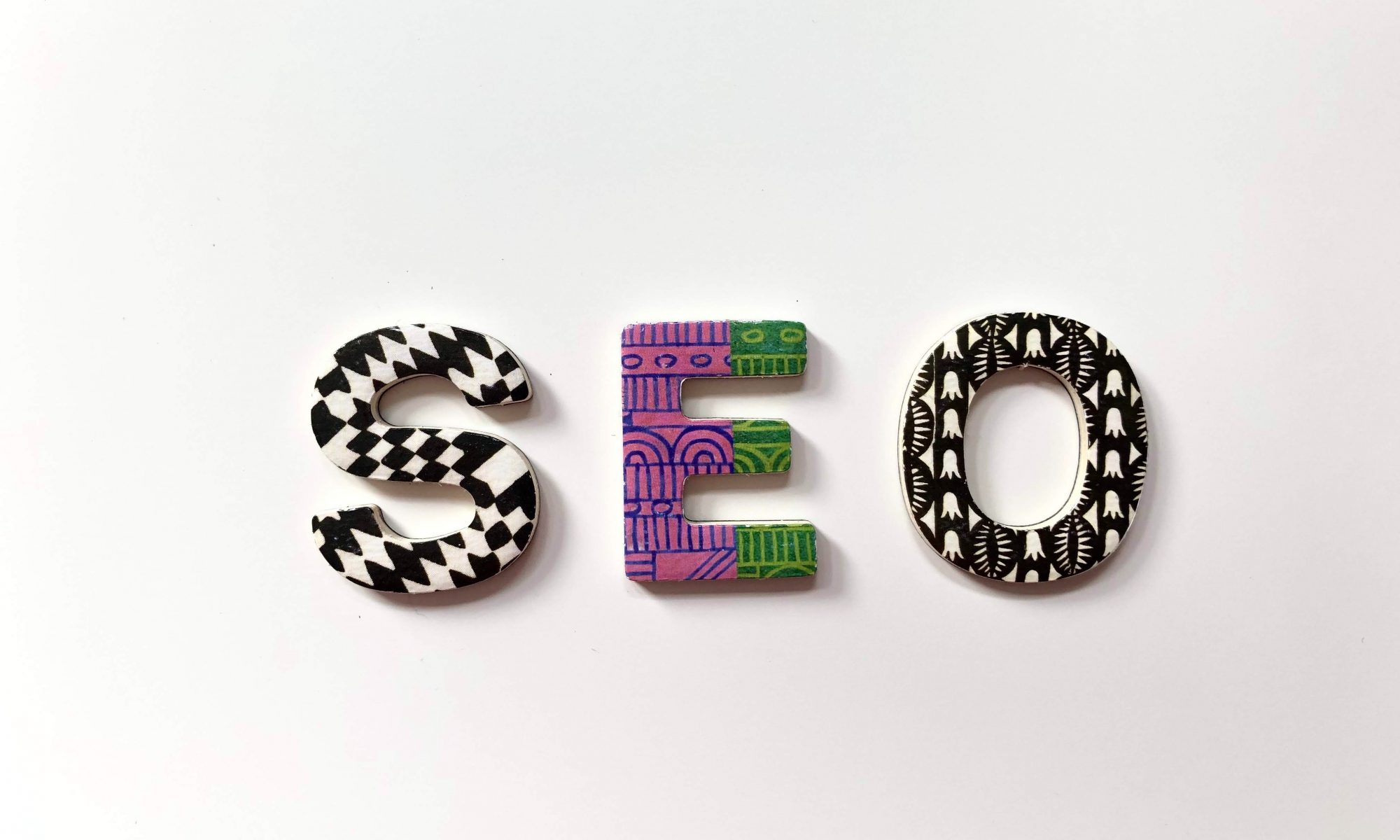Today, Search Engine Optimisation, or SEO, can feel a bit five years ago or retro. But, actually, it remains a really, albeit slightly cumbersome, part of having a successful history blog.
If you don’t know what SEO is (no judgement), then Search Engine Optimisation is the practice of increasing the traffic or visits to your history blog organically and by that I mean in an unpaid way.
Now, to some the science and detail behind SEO is uber fascinating but to many compared with IG stories and researching amazing blog posts, it’s a dull as anything. But, don’t skip it for the shiny stuff because hey you want your stuff to be found right?
Still on the fence? Here’s a little more about how SEO works…
Think back to the last time you Google searched or open a tab and do it right now. You type in a word or couple of words and a list of possibilities to click on came up. That happens because Google, a search engine, is an index site listing everything under those words; and that’s the SE part.
The O, as in optimisation, is maximising certain things and opportunities within your blog. When the clever systems send Google spiders out there, we want them to find your content and list it in that index when someone searches for what you blog about.
SEO Marketing Techniques for Bloggers
So, what are the techniques to get you listed on search engines and found by visitors? I’m going to base my advice around a fictional blog about The Battle of Hastings:
– Make sure you have an SEO friendly domain name and blog name (if different) like ‘All About The Battle of Hastings Blog’
– Select some keywords, Battle of Hastings + 1066 + King William the Conqueror. Write your blogs with these keywords in strategic places; the title, the url, sub-headings and the first paragraph
– My main advice is don’t try to be all things to all men on each post. Be specific. If your blog post is just about William the Conqueror, that phrase should dominate at every point it can without looking like keyword stuffing.
– Use internal links to send people to other pages in your blog – this helps the spiders crawl around your blog and list your pages
– When you use images give them a file name, alt text and caption with your keyword in it.
And here are some marketing techniques to improve your SEO…
– Add the ability for people to easily share your blog page and spread it around the web. Sometimes we focus too much on ‘contact me’ rather than ‘share this’ I use WordPress Ultimate Social Media Icons Plugins, it’s free and does both. Also, share to your social media accounts directly from your blog.
– Make sure your blog loads quickly, is to read and navigate.
– Get yourself mentioned elsewhere on the internet – social media, Pinterest or guest blog backlinks. These all prick up the ears of the web spiders (do spiders have ears? ) so generate some noise about your posts and blogs!
– Increase the amount of traffic you are getting. I know it’s a bit mean this one but the more visitors to your blog from whatever platform or email campaign the better.
Don’t worry, SEO will start to come naturally…
The more you apply these principles to regular blog tasks such as generating your post titles, writing your paragraphs, uploading your images and growing traffic the more you will naturally create SEO friendly content.
There’s no magic formula to get you onto page one at the click of a button but please don’t dismiss the basic principles of SEO as it can be one of the building blocks you use to grow a bigger audience for your amazing blog.
If you would like more tips on how SEO can help you grow and market your blogs just type ‘Yes’ in the comments below. There are also lots of ways to get in touch with me and I love to hear from you.
Until next time.
Catch-up soon
Elizabeth.




